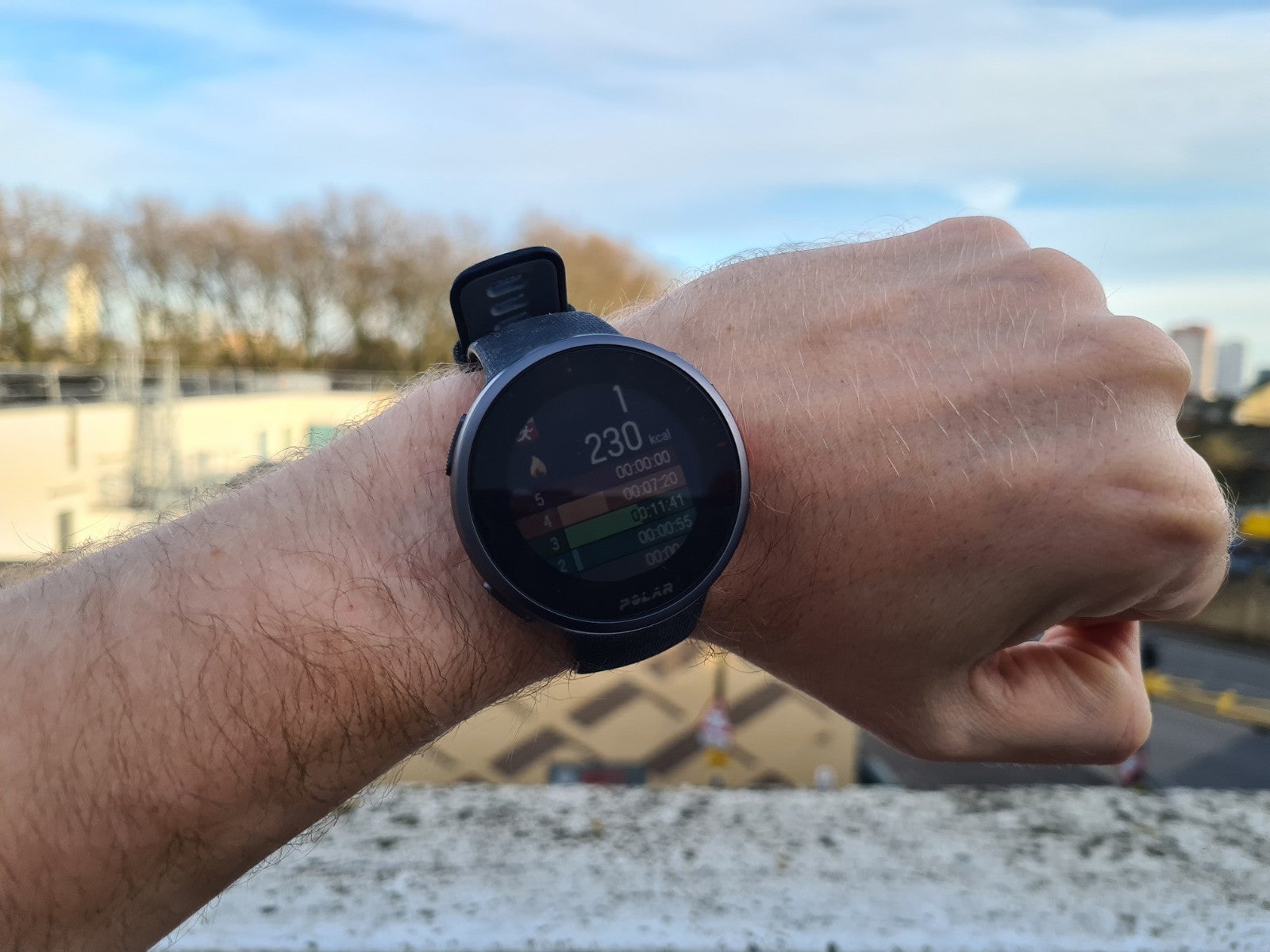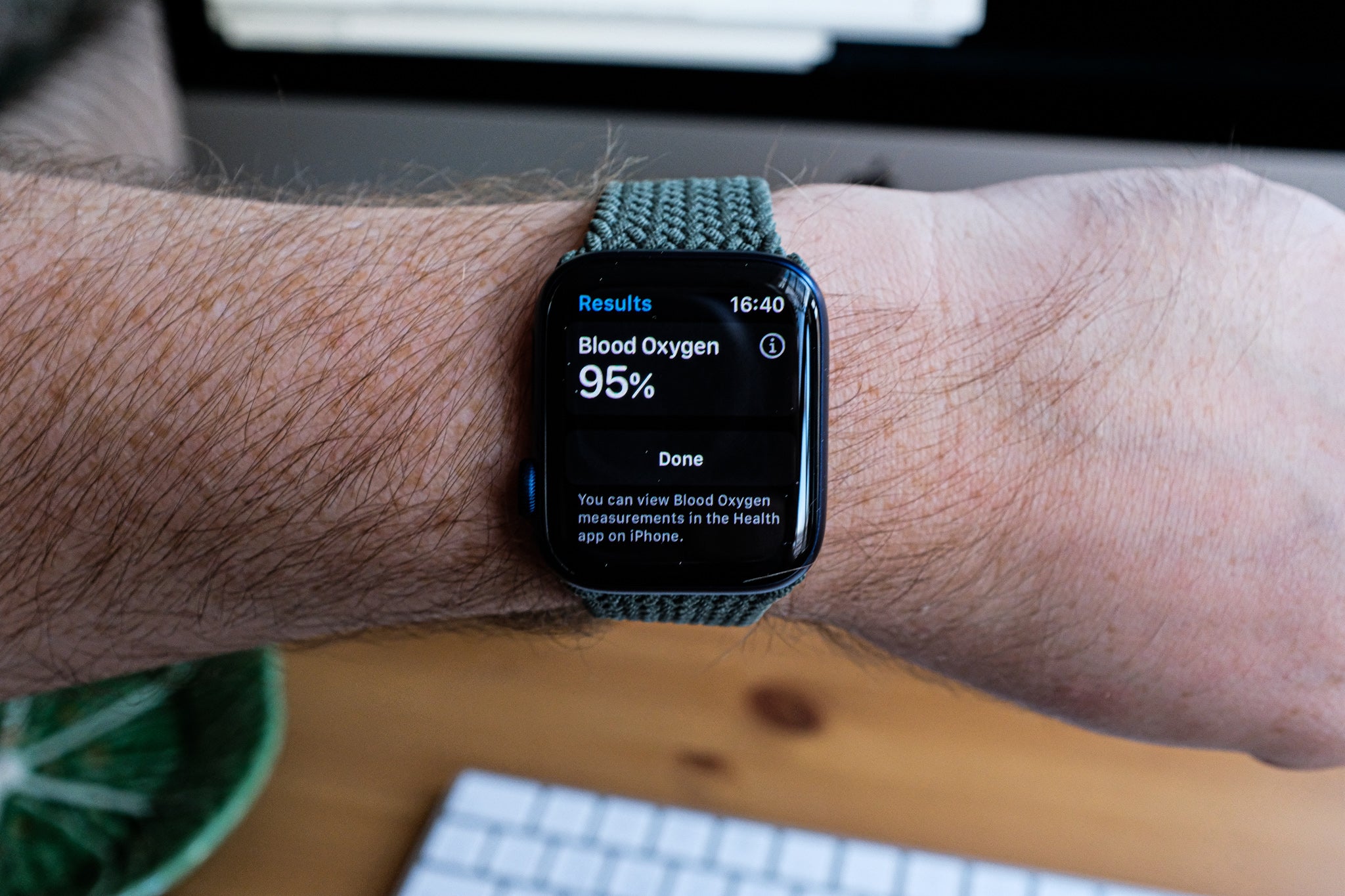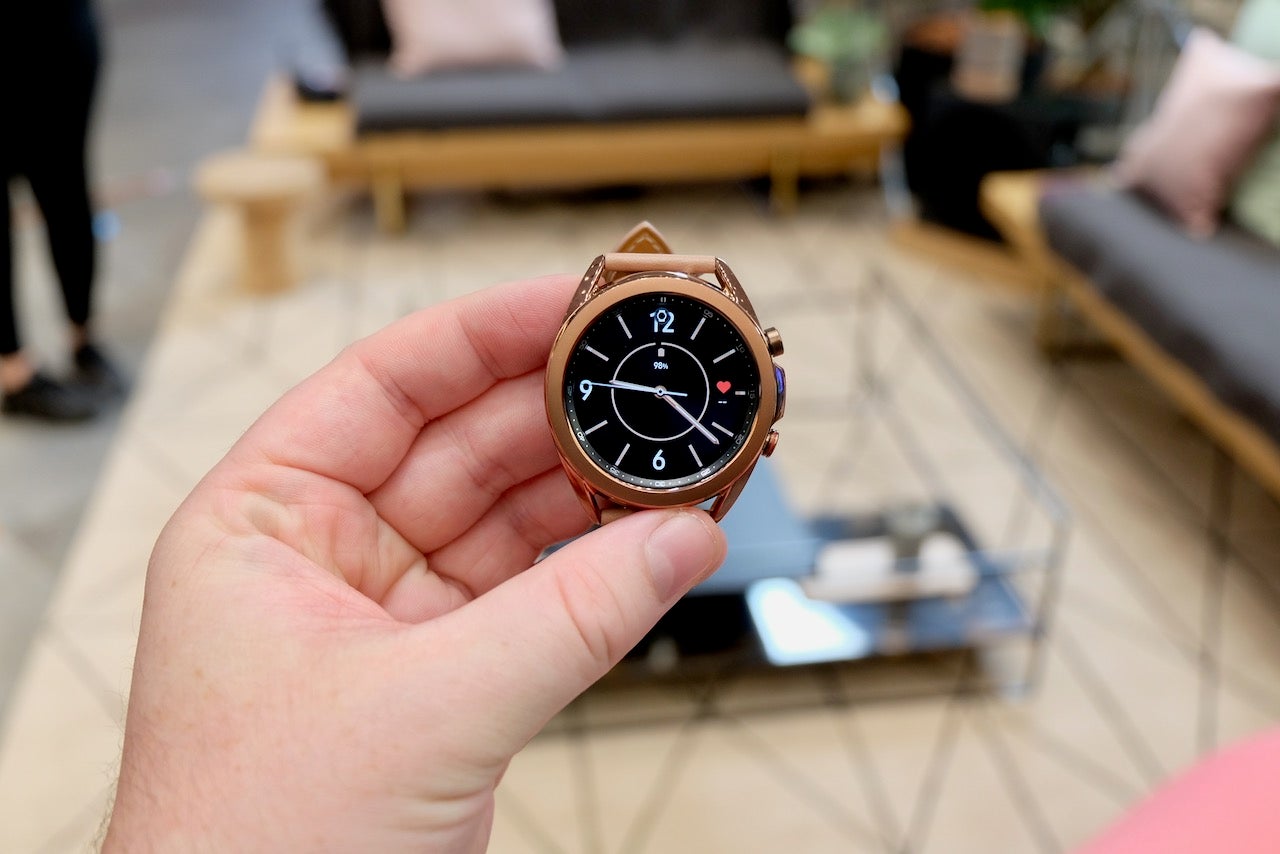Garmin Fenix 6 Review
The Garmin Fenix 6 is the best fitness tracker money can buy, here's why
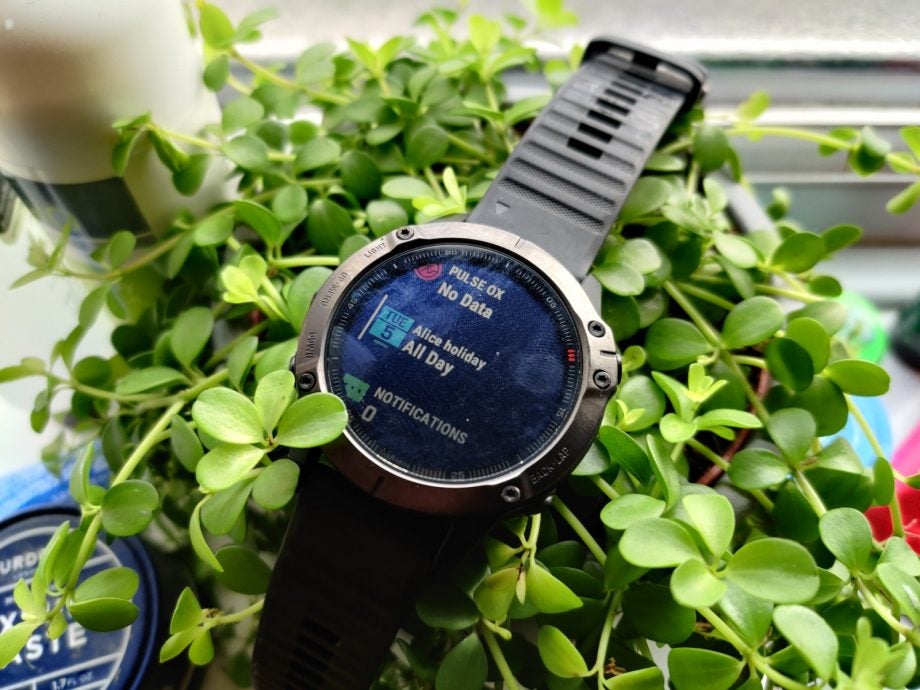

Verdict
The Fenix 6 is a refinement on the Fenix 5 that brings a number of small but welcome new features to the table. It’s not the most stylish tracker around but it’s by far the most reliable we’ve tested and a perfect training companion for any serious athlete.
Pros
- Excellent location and fitness tracking
- Unbreakable design
- Two-week battery life
- Heart rate monitor works underwater
Cons
- Smartwatch functionality still limited
Key Specifications:
- Review Price: £529.99
- 1.3-inch, 260 x 260 resolution MIP display
- 42/47/51mm options
- 14 day battery life
- 10 ATM water resistance
- 32/64GB local memory
The Garmin Fenix 6 is the latest series of top-end fitness trackers from the iconic sports watch and GPS brand. It aims to offer serious athletes a nigh indestructible multisport tracker that’ll survive everything from aquatic adventures to a Tough Mudder challenge.
It’s not a huge upgrade on the Garmin Fenix 5, which won our hearts last year. But the subtle changes made by Garmin have resulted in a stellar fitness tracker that’s ideal for any serious athlete.
The only downside is that with pricing starting at £529.99, it’s pretty darned expensive, even by Apple Watch 5 standards. Its strong focus on durability and functionality also means it won’t appeal to less serious athletes or fashion-conscious buyers.
Design
- The Memory in Pixel display will be hit and miss for some users
- No touchscreen here, it’s all button inputs for the Fenix 6
- Its robust chassis is waterproof up to a whopping 10 ATM
Garmin’s always made solid, reliable, but slightly dull-looking fitness trackers that unashamedly prioritise function over form. Because of this, it’s made some of the highest scoring, most accurate trackers we’ve ever tested at Trusted Towers. The Fenix line is the epitome of this and that trend continues with the Fenix 6.
The Fenix 6 is available in a variety of configurations and finishes. You can choose from 42mm, 47mm (tested) and 51mm options, as well as additional features such as local storage and Wi-Fi connectivity. You can also opt for sapphire glass (tested) and solar charging, which lets you extend the battery life using a nifty solar charger.
The design looks pretty much identical to the older Fenix 5 family at first. You get the same rugged, bare-bones, circular watch face with industrial screws around the bezel, and an identical control system, which lets you navigate menus, start and stop workouts, and adjust the Fenix 6’s settings using five physical buttons located on the sides. Once again there’s no touch functionality. It also carries the same 10 ATM water resistance that’ll let you take it to depths of up to 100 meters.
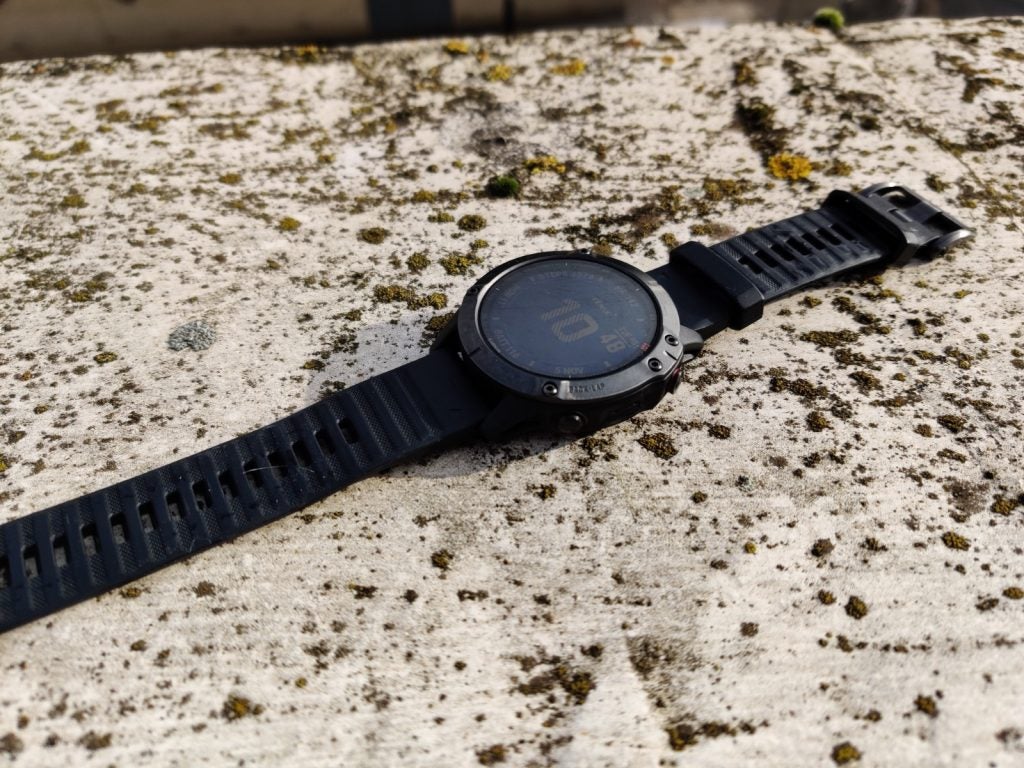
Garmin Fenix 6 flat
But up close you’ll notice a few changes. For starters, Garmin’s loaded it with a larger 1.3-inch, 260 x 260 resolution, MIP screen. This is a marked step up from the Fenix 5’s 1.2-inch, 240 x 240 resolution display. It’s also managed to shed 7g from the watch’s weight.
Both these changes sound small but they make a huge difference. The Fenix 5 Plus was great, but it was slightly heavy and the minor drop in weight makes the watch feel a lot less of a hindrance during key workouts where minor wrist movements are super-important, such as climbing and swimming.
The larger screen also made it way easier to take advantage of the Fenix 6’s nifty new widgets system. Widgets aren’t a new thing in tech, but the reworked software on the Fenix 6 makes great use of them. The screen now lets you pick and order a variety of different widgets for everything from step count to your recovery time and incoming notifications. The system is far more elegant than the Fenix 5’s, which only lets you see one metric per menu screen, and makes it much easier to get a quick view of all the info you want in one easy-to-digest bite.
Tracking
- Heart rate tracking now continues when underwater
- GPS tracking is superb, and also boasts support for GLONASS and Galileo
- PacePro is a killer training feature for runners
This is doubly good as Garmin’s also managed to improve the Fenix 6’s multisport and general fitness tracking features – a serious achievement considering the Fenix 5 was already best in class.
The biggest updates relate to its heart rate and location/distance tracking. Garmin’s tweaked the Fenix 6’s heart rate sensor to work under water. This is a key change that will be a boon for swimmers, sailors and divers, as you would previously have had to invest in a separate HRM strap to get the data on the older Fenix 5 family.
Testing the feature in a local pool after a quick 5km I found the heart rate monitoring worked well, with it offering no serious discrepancies between workouts. Though, as ever, a decent HRM strap will offer more accurate heart rate monitoring than any wrist-based solution.
Fenix watches’ location tracking has always been excellent, offering GPS, Glonass and Galileo support, and the Fenix 6’s is the best I’ve seen on a wearable. Most of the time it took seconds for the GPS Connected alert to pop up when I clicked to start an activity. The distance tracking and ability to store maps locally on the watch, which has 32GB of memory, is another key selling point that made the Fenix 6 great for countryside hikes.
Activity tracking options are also as diverse as ever and offer wonderful after-care metrics and all the data most athletes will need. You can track everything from outdoor runs to kayaking trips and snowboarding sessions on the Fenix 6. Testing the watch on a park run I know is roughly 5.3km, I didn’t notice any issues with distance or location tracking. The figures I detected on the Fenix 6 and Fenix 5 I tested it against were always uniform.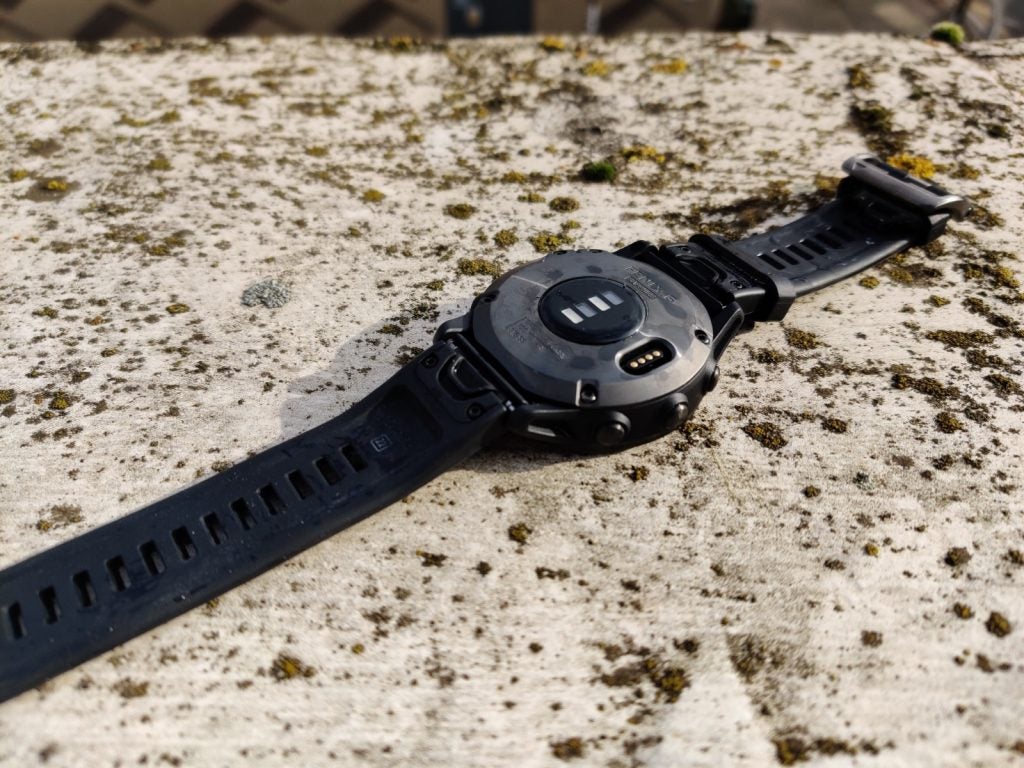
Training to break the 20-minute 5km barrier, I also found its PacePro feature super-useful. PacePro is a training service that analyses your run route, checking things like elevation changes, to offer a recommended pace, and alerts you when you start to deviate from it.
The watch also presents great data on your performance, detailing things like your average pace, intensity minutes, oxygen saturation and estimated VO2 max. It also gives you a recommended rest period, which I found super-useful and helped me avoid overstraining myself.
Tracking isn’t the only area to get a minor upgrade. The Garmin Fenix 6’s application and smartwatch functionality is still very limited. But Garmin’s managed to finally get Spotify support onto it, which is great if, like me, you like to run with a soundtrack but don’t fancy lugging your phone along for the ride.
The only minor annoyance is that its NFC Garmin Pay service still doesn’t work in the UK.
Battery Life
- Expect to source up to 14-days on a single charge
- You can get 36-hours with GPS switched on
Battery life is another key selling point for the Fenix 6 that cements its place as one of the best fitness trackers money can buy at the moment – possibly the best.
Garmin states the watch offers an average of 14 days battery life from one charge. Tracking obviously puts a bigger drain on the battery, with Garmin quoting it as offering 36hrs with GPS on and 10 days with music and GPS.
Using the Garmin Fenix 6 as my main sports watch I found the quoted battery life generally rang true, easily lasting 10-12 days with average use. This entailed tracking my morning 30-minute workout, two 5km runs and general use as my primary timepiece/smartwatch throughout the day.
This means it can easily last throughout even the most extreme marathon from a single charge and is a marked step up on many competing tracker watches, like the Apple Watch 5. If you need some more juice, Garmin’s also added a few nifty software features to help you extend the Fenix 6’s life. These include a battery-saver mode that shuts down all power draining features like GPS, notifications, music and heart rate monitoring, to extend the battery to up to 48 days. Expedition mode also makes a return. This is a custom mode that keeps the GPS functionality working but turns off all other non-vital features. It extends the battery to a quoted 28 days.
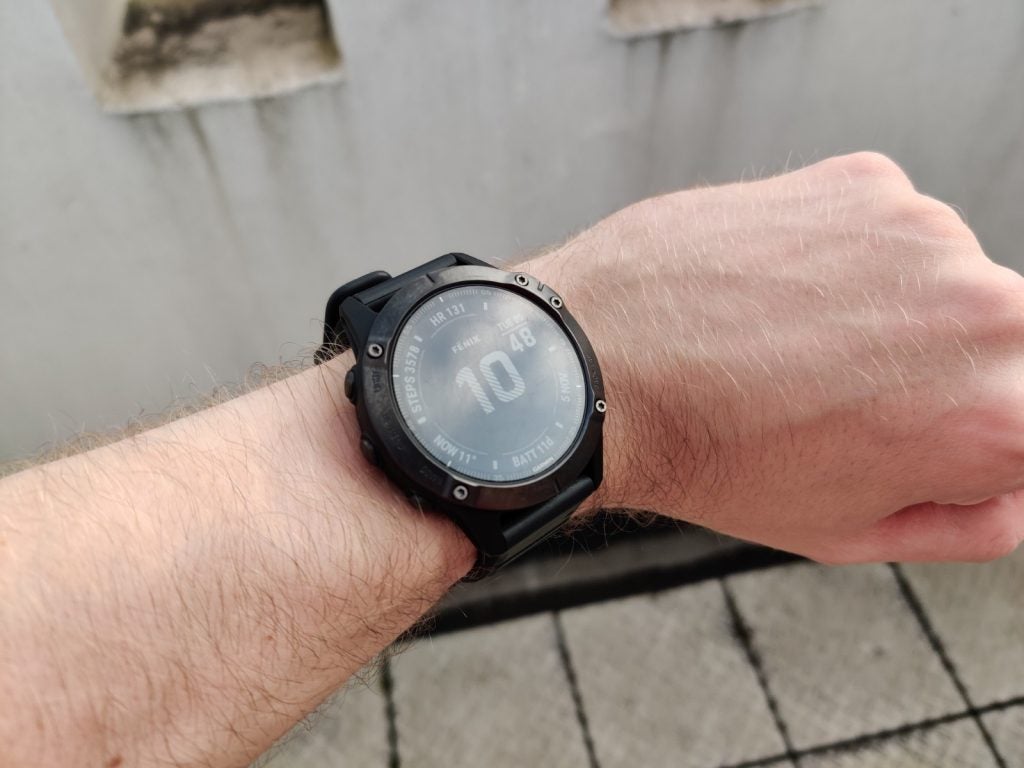
You should buy it if…
You want an indestructible smartwatch
Even just to look at the Fenix 6 is to understand the market and use case it’s going for. Thanks to rugged and tough exterior, the watch can take some serious hits and then some when out and about.
A long battery life is a must have
The Fenix 5 Plus was good, but the Fenix 6 is even better, offering up 14-days of use in smartwatch mode. If you’ve been burned by lacklustre battery life from the likes of Apple Watch, then this is the wearable for you.
You want full underwater heart rate tracking
A huge improvement over its predecessor, the Fenix 6 can now track your heart rate underwater, which is great news for anyone who incorporates a few laps around the pool in their weekly routine.
You shouldn’t buy it if…
You’re more interested in a smartwatch than a fitness tracker
While Garmin’s UI and ecosystem has a respectable amount of smart features, it does pale in comparison to what’s available on Apple Watch and even Wear OS. If you’re looking to have access to multiple apps on your wrist then there are more fitting options than the Fenix 6.
FAQs
Yes, it’s waterproof up to 10ATM
No, there’s no touchscreen functionality
Yes, there is storage for up to 2000 songs
Jargon buster
BPM
An abbreviation of ‘beats per minute’, used to describe the pace of someone’s heartbeat as recorded by a smartwatch or some other wearable.
HRM
An abbreviation of ‘heart rate monitor’, used to describe a device that can track the beats per minute of a user’s heart.
SpO2
An abbreviation for determining ‘blood oxygen saturation’, namely the levels of oxygen found within the bloodstream at any given time. A low SpO2 count can be the result of a serious illness.
OLED and AMOLED
Types of displays that use self-lighting pixels to provide greater contrast and more vibrant colours than a typical LCD display, as well as sharper blacks.
IP rating
An abbreviation for ‘Ingress Protection Code’, which lets you know to what extent a device might be waterproof or dustproof.
GPS
An abbreviation of the Global Positioning System, which uses satellite communication to pinpoint your location. Some smartwatches are able to achieve this communication without the use of a smartphone.
GLONASS
An alternative to GPS that was originally developed in Russia. In the absence of GPS, some smartwatches can utilise the GLONASS framework to determine a user’s location.
Cardio
An abbreviation for ‘cardiovascular fitness/workouts’, describing exercises that increase the user’s heart rate for a sustained period of time, including running, cycling and HIIT (high intensity interval training).
NFC
An abbreviation for ‘near field communication’. This technology allows devices to share information by coming into close proximity with one another – the most popular use of this system is in contactless payments.
ATM
The unit of measurement for atmospheric pressure, used in the context of understanding how far a device can be submerged into a body of water. For reference, 1ATM is equal to roughly 10 metres.

